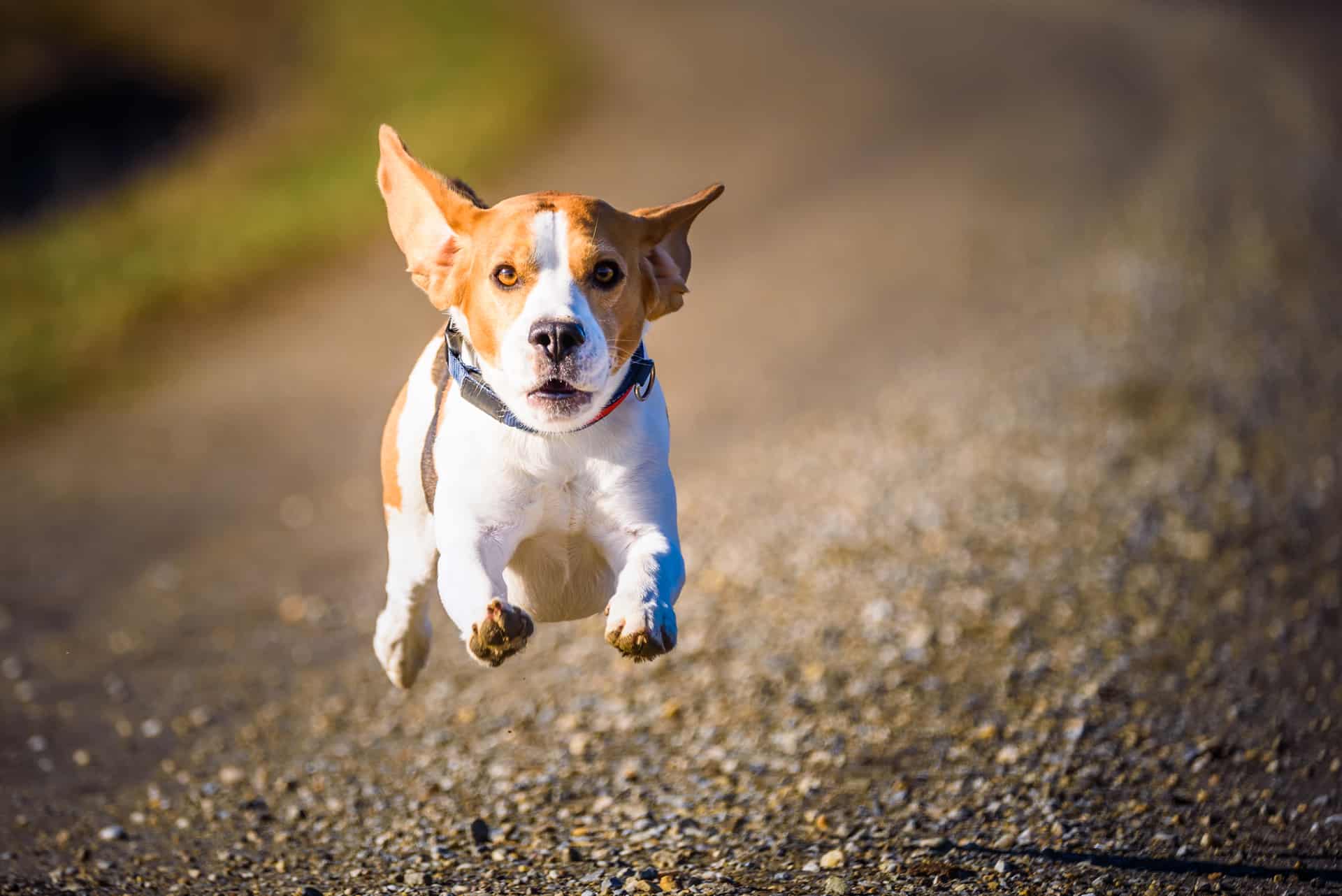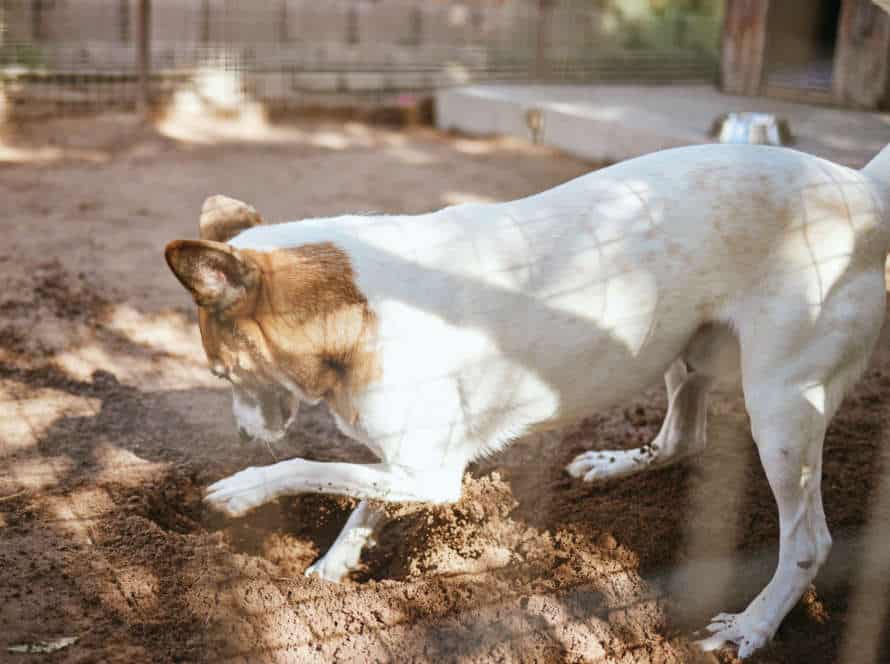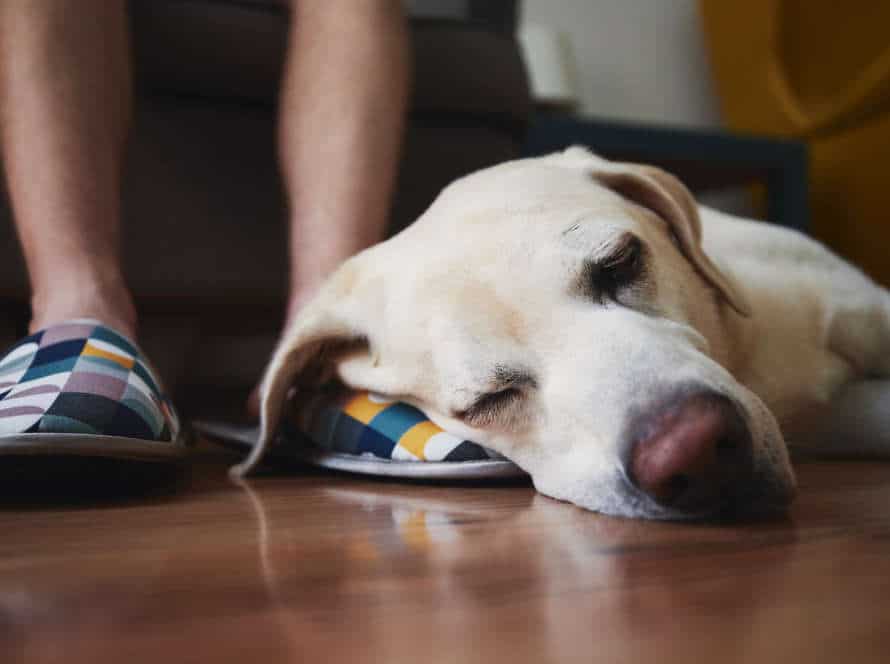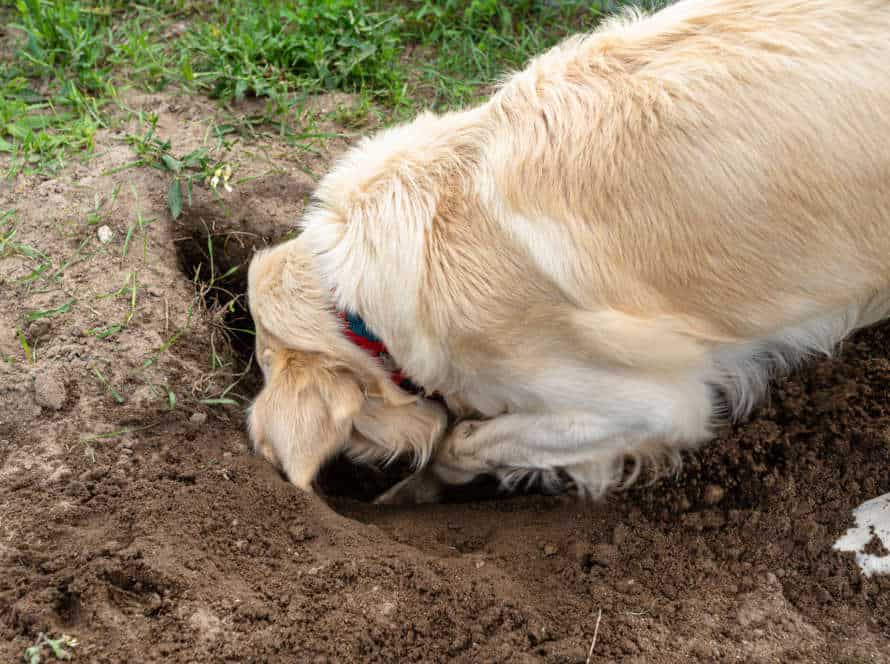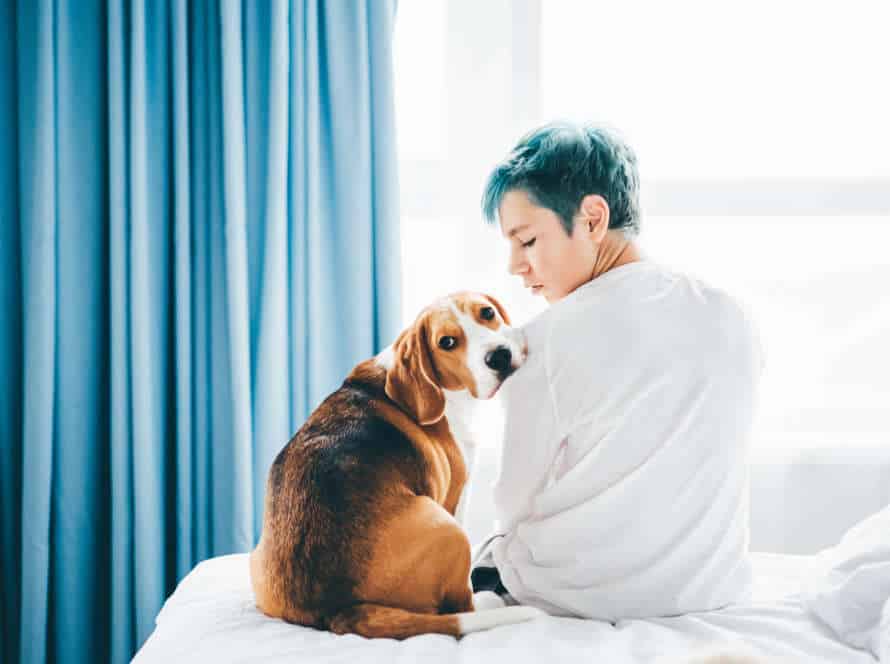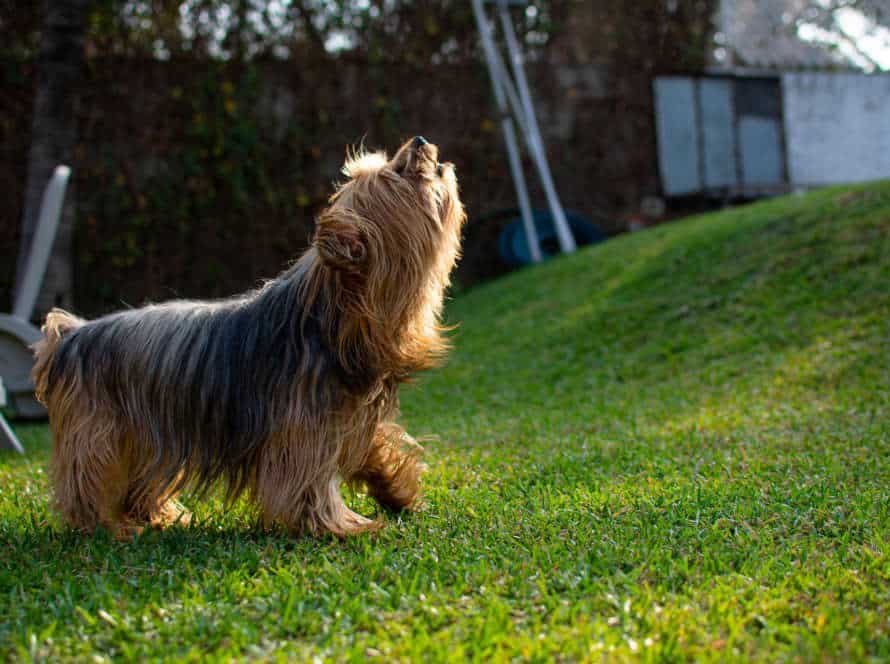Teaching Your Dog Alternative Behaviors to Jumping
Dogs commonly jump on people, but it can be harmful. You can stop this by teaching your pup other behaviors. Here are some to try:
- Sit – Command your dog to sit and give them treats when they do. That will make them sit instead of jumping.
- Shake – Teach them to shake hands for a distraction.
- Spin – Get them to spin in circles as a fun distraction.
- Place – Show them a spot or object, like a mat or toy, so they can be redirected away from jumping.
Be consistent with training and reward your dog for good behavior. With patience, you can teach your pup politeness and manners.
Understanding Why Dogs Jump
Dogs jump for different motives. It is usually their way of displaying delight or reaching objects they desire. To stop them from jumping, recognize why they do it; this will assist you to generate other activities like sitting or pawing. Redirecting your dog away from jumping can be achieved in this way.
The instinctual reasons behind jumping
Jumping is an instinctive behavior that dogs use to show love, excitement or to be dominant over other dogs. Knowing why they jump helps us teach them better behaviour.
There are a few reasons why they jump:
- Greetings: Dogs often jump to show affection to their owners or other dogs.
- Height seeking: They jump to reach their owners’ faces, looking for attention and love.
- Dominance: To establish dominance in play with other dogs.
We can train them with simple techniques:
- Ignoring the jumping behaviour.
- Rewarding good behaviour with treats.
- Teaching basic commands like ‘sit’ or ‘down’.
With patience and consistency, dogs can replace jumping with better behaviour. Pro tip: Reward good behaviour and not punish bad behaviour.
The negative consequences of jumping
Jumping in dogs can lead to various bad effects. For the dog and for people around. Here are some of them:
- Scratches and injuries. If a dog jumps, it can hurt people, especially kids and elderly.
- Damage to clothing. They can ruin clothes, making owners mad and costing them money.
- Reinforcing bad behavior. Allowing the dog to jump on people can make it act badly.
To stop jumping, teach alternative behaviors. Sit, lie down, shake a paw. Reinforce these good behaviors consistently and reward them.
Pro tip: Don’t use physical punishment while training. It can create fear and harm your bond with the dog.
Different scenarios where dogs tend to jump
Dogs jump for different reasons. To understand and stop this, it’s important to learn why. Such as:
- Greeting: When they see owners or visitors, they may jump out of affection or excitement. To stop this, redirect the dog to a calmer behavior like sitting.
- Playtime: While playing, jumping can be a sign of enthusiasm. Teach your dog to obey ‘down’ and ‘sit’ commands.
- Overstimulation: In crowded or noisy situations, over-stimulation can cause jumping. Train the dog to respond to commands. Give them a quiet space.
- Fear: Jumping can also be because of fear or anxiety. Identify the root cause, and provide a secure environment. Redirect their attention.
Training Techniques for Alternative Behaviors
Teaching your pooch different behaviors, instead of jumping, can be a great way to resolve the problem. There are various training methods you can use to teach your pup more suitable behaviors, whilst discouraging jumping. Here, we’ll show you a summary of these methods and give you some advice to ensure they are successful.
‘Sit’ command as an alternative
Jumping is a common problem for dog owners. Teaching the ‘sit’ command can be an effective alternative. Here’s how:
- Hold a treat in front of your pup’s nose.
- Lift it slowly, having their head tilt back.
- As their head moves up, their hindquarters will naturally go down.
- Give them the treat and say “good sit” as soon as they sit.
- Repeat this process several times a day. Give verbal praise instead of treats gradually.
- Practice this command in different settings. For example when greeting people or preparing meals.
Training the ‘sit‘ command is an easy way to prevent jumping and promote good behavior in dogs.
‘Touch’ command as an alternative
Training your dog to not jump on people? An effective way is to teach them an alternate behavior with the ‘touch’ command. Here’s how:
- Place your hand in front of your pup’s nose and say ‘touch’ or ‘target’.
- Praise and reward them when their nose touches your hand.
- Keep repeating until they understand.
- When they start to jump, hold out your hand and say ‘touch’.
- Praise and reward them for following the command.
Your pup will soon learn that touching their nose to your hand is better than jumping on people. The ‘touch’ command can also be used to redirect their behavior in other situations.
Teaching a ‘Place’ command
Teach your pup the ‘Place’ command!
It’s a great option instead of jumping. Here’s how:
- Pick a spot in the house and call it their “place”.
- Let them see a treat, then lead them to their spot saying “Go to your place” or “Place”.
- Give them the treat when they get there.
- Do this until they know to go to their spot every time you give the command.
- Get them to stay for longer and further away.
With lots of training and rewards, your pup will soon understand the ‘Place‘ command and use it instead of jumping!
Using positive reinforcement to reinforce alternative behaviors
Positive reinforcement is a great way to teach your pup new behaviors and break their habit of jumping on people.
Start by picking an alternative behavior, like sitting or lying down. Whenever they do this reward them with a treat or praise. Progressively make them do it for longer, before giving them the reward. When they start to jump redirect their attention and reward them when they do the alternative behavior. Be consistent and use positive reinforcement to get your pup to do the desired behavior.
With enough practice and time, they’ll learn the new behavior and replace the habit of jumping on people with this new one.
Implementing Training Techniques in Daily Life
Train your doggo the right way! Teach ’em alternative behaviors to jumping. Incorporate these techniques into your daily life with your pup. Use methods like positive reinforcement, habituation, and counterconditioning. Help your pup learn the behaviors you want.
Let’s discuss these training approaches and how you can use them in day-to-day life.
- Positive reinforcement is a technique that involves praising and rewarding your dog for good behavior. For example, if your dog sits instead of jumping, give them a treat or affection to reinforce that behavior.
- Habituation involves gradually getting your dog used to something. For example, if your dog jumps on guests when they enter your home, habituate them to the presence of strangers by exposing them slowly, little by little, in a controlled environment.
- Counterconditioning involves changing your dog’s association with a certain behavior. For example, if your dog jumps on you when you come home, start ignoring them until they calm down. Then, when they are calm, pet them and give them attention. This will teach them that calm behavior gets rewarded, not jumping.
Consistency is key
Consistency is the key to teaching your pup new habits, instead of jumping. Whether you’ve just adopted or have had a jumper for years, here’s what to do:
- Identify the trigger that causes your dog to jump.
- Train an alternative behavior – like sitting or shaking.
- Practice the new behavior every time your pup is in the triggering situation.
- Reward with treats or praise when they get it right.
- Be patient and consistent. Dogs learn through repetition.
With patience and consistency, your pup will pick the new behavior over jumping on people.
Managing scenarios where jumping is more likely
Dogs often jump, but it can be dangerous or annoying. To control it, teach your pup alternative behaviors. Here are some tips to help:
- Ask your pup to “sit” when they want to greet people or in other situations where they would normally jump.
- Train them to “touch” a target with their nose instead of jumping.
- Give treats or praise when they do the right thing.
With consistent reinforcement, you can minimize their jumping and make interactions safer and more enjoyable.
Encouraging guests to reinforce alternative behaviors
Jumping on guests is a problematic habit in some dogs, so you can give them training to do different, more appropriate behaviors. Here are some tips to help:
- Train your dog the “sit” command & give rewards when they obey. Ask them to “sit” when they want to jump on a guest.
- Tell your guests about the “sit” command to use if the dog jumps.
- Give positive reinforcement to your guests when they use the “sit” command”. This will make them do it more.
- Have your guests give your dog attention when they act well, like sitting or lying down calmly.
These alternative behaviors will keep your dog from jumping on guests and also encourage good behavior for socialization.
Dealing with Setbacks and Challenges
You may face challenges while teaching your pup new behaviors instead of jumping. Stay focused and be patient, as progress takes time. Consistency is key, but understanding that learning and remembering the new behavior may take some time is also important.
Let’s look into how to manage any issues that arise while teaching alternative behaviors to your pup.
Identifying and addressing the root cause of jumping
Dogs naturally like to jump, but it can cause problems if they do it when meeting people. To help your pup learn new behaviors and stop jumping, do the following:
- Figure out what triggers the jumping, like excitement or anxiety.
- Remove the triggers or manage them so your dog doesn’t get too excited.
- Use positive reinforcement training to teach your dog new behaviors to replace jumping, like sitting or staying.
- Consistently reinforce the new behaviors and make them more difficult with distractions.
With patience and consistency, your pup will learn to be well-behaved and respectful.
Pro Tip: If you’re having trouble, look for a professional dog trainer.
Avoiding punishment and using positive reinforcement
Train your pup the right way – use positive reinforcement! This works better than punishing them.
Steps:
- Figure out what triggers them to jump – visitors, loud noises, or excitement.
- Teach them an alternate behavior such as sitting, lying down, or giving a paw.
- Reward ’em with praise, a treat, or a toy when they do it right.
- Keep reinforcing the new behavior.
- If they jump, redirect their attention to the alternate and reward them again.
- With patience and practice, jumping will become a thing of the past.
Seeking professional help if needed
Dealing with dog-training setbacks can be difficult. Professional help may be needed. Here are some situations that could require it:
- Aggression towards people or other animals.
- Physical health issues hindering progress.
- Anxiety or fear due to past trauma.
- Struggling to identify the root of jumping behavior.
- Current training methods not working.
When seeking help, look for someone trained & experienced in positive reinforcement techniques. They can work with you to create a personalized plan. Patience & consistency are important. And remember, never use punishment or violence. Your pup deserves love & support, no matter what!
Frequently Asked Questions
Q: Why does my dog jump on people?
A: Dogs jump on people as a way of greeting or seeking attention. They may also jump out of excitement or playfulness.
Q: Is jumping a bad behavior in dogs?
A: Jumping can be an undesirable behavior, especially if it leads to scratches or injuries. It can also make some people uncomfortable or fearful around dogs.
Q: How can I teach my dog to stop jumping on people?
A: You can teach your dog alternative behaviors such as sitting, lying down or giving a paw as a way of greeting people. Consistent rewarding and positive reinforcement of these behaviors can help your dog replace the habit of jumping with the desired behavior.
Q: Can I teach my older dog to stop jumping on people?
A: Yes, you can teach an older dog alternative behaviors to jumping. However, it may take more time and effort to modify their behavior than with a younger dog.
Q: Will punishing my dog help to stop jumping?
A: Punishing your dog will not be effective in stopping the behavior. Instead, use positive reinforcement to teach your dog alternative behaviors and consistently reward good behavior.
Q: Should I seek professional help to teach my dog alternative behaviors?
A: If your dog has a persistent jumping habit or shows negative reactions to training, it may be beneficial to seek professional help from a certified dog trainer or behaviorist.

